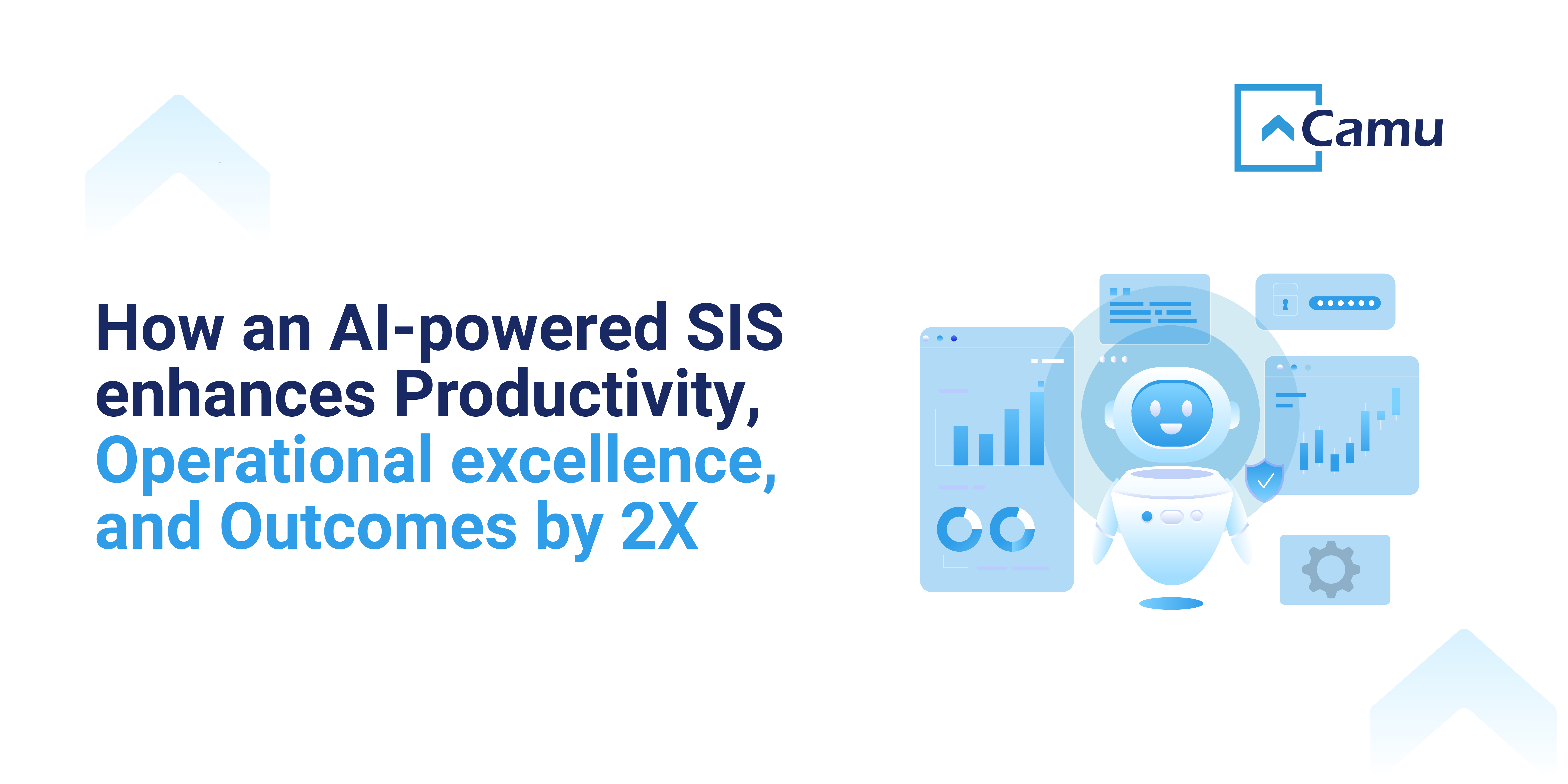Table of Contents
Introduction
What is Timetable Management Software?
Types of Timetables
Characteristics of a Timetable Management System
Workflow of Timetable Management
Features of Timetable Management Software
Benefits of a Timetable Management System
Introduction
Creating an efficient timetable is a crucial task for every class teacher before each academic year. Although it may seem simple, it requires balancing learning requirements, faculty availability, and student well-being. A structured schedule ensures students don’t feel overwhelmed and allows for smooth academic operations. This is where timetable management software becomes a valuable tool.
What is Timetable Management Software?
Timetable management software is a digital tool that helps schools and colleges:
Types of Timetables
Consolidated Timetable Helps the Head of Department (HOD) monitor teachers' schedules and make adjustments when needed.
Class-wise Timetable Allows teachers to organize their day based on the specific classes they teach.
Teacher-wise Timetable Displays each teacher’s schedule on a daily, weekly, and monthly basis.
Sports Session Timetable Lists all sports activities, helping students and teachers prepare with the right uniforms and equipment.
Co-curricular Activities Timetable Schedules extracurricular events so students can be prepared ahead of time.
Characteristics of a Timetable Management System
Reduces Chaos A planned schedule keeps students and faculty focused and eliminates confusion.
Equitable Faculty Distribution Ensures fair allocation of lecture responsibilities across staff.
Flexible Adjustments Allows adding or removing classes when required.
Integrated Event Calendar Shows holidays and school events within a fully planned yearly calendar.
Workflow of Timetable Management
To streamline the timetable planning process:
Assign practical periods to multiple teachers for better student support.
Include variable time slots across different weekdays for flexibility.
Schedule multiple periods based on the importance of subjects.
Build class-wise schedules based on syllabus and subject structure.
Don’t forget to allocate assembly time, lunch breaks, and recess.
Features of Timetable Management Software
Canceled Classes & Substitutions Enables tracking of canceled sessions and quick substitution planning.
Subject Electives & Staff Allocation Supports assigning elective subjects to teachers and checking their location via real-time check-ins.
Staff Availability Tracking Displays which teachers are free during specific hours to fill in as needed.
Holistic Timetable View Offers a balanced teaching load across the semester, avoiding burnout and increasing productivity.
Benefits of a Timetable Management System
Ensures smooth classroom operations daily.
Eliminates manual scheduling errors.
Provides equal importance to all subjects.
Enhances data security with restricted access.
Offers full customization and flexibility without delays.
Frees up faculty time for more productive activities by reducing scheduling workload.
Conclusion: Manual timetable planning is time-consuming and prone to errors. With a timetable management system, institutions can automate the entire process, improve accuracy, and ensure a stress-free academic schedule for students and staff alike.





